[China: Portrait of a People] by Photographer Tom Carter
Advertisements:
Nine years ago, Tom Carter traveled from San Francisco to China, responding to a job posting that turned out to be a scam. He managed to find another job as a teacher, and saved enough money to embark on a 56,000 km trip through all of China's 33 provinces that lasted two years. Carrying a camera – just a a 4-megapixel point-and-shoot – Carter captured some amazing images of the widely varying landscape, people, and architecture across the nation. He then collected 900 of these photos into a book titled «China: Portrait of a People». Carter writes that his photos help to show that [China is not just one place, one people, but 33 distinct regions populated by 56 different ethnicities, each with their own languages, customs and lifestyles].
Hipster from Hunan's capital city, Changsha. (Photo by Tom Carter via The Atlantic)
Traditional [dragon scale] tiled rooftops can still be found in Chongqing, the most industrialized city in western China. (Photo by Tom Carter via The Atlantic)
Beijing maiden wearing a traditional qipao made in Beijing. (Photo by Tom Carter via The Atlantic)
Rock formations of Wulingyuan National Park in northern Hunan. (Photo by Tom Carter via The Atlantic)
Dalian's famous Female Mounted Police Force, established 1994. (Photo by Tom Carter via The Atlantic)
Left: Fujian farmer lost in a tangle of squash vines. Right: Hip Tibetan youth, Sichuan. (Photo by Tom Carter via The Atlantic)
Elderly Jiangsu farmer in her field of rapeseed. (Photo by Tom Carter via The Atlantic)
Human remains from a Tibetan sky burial in northern Sichuan. (Photo by Tom Carter via The Atlantic)
Maoist memorabilia shop in Hubei. (Photo by Tom Carter via The Atlantic)
Guards are stationed along Beijing's subway platforms to enforce rules of etiquette. (Photo by Tom Carter via The Atlantic)
Buddhist pilgrim family from Sichuan. (Photo by Tom Carter via The Atlantic)
Left: Construction workers on bamboo scaffolding in ever-developing Shanghai. Right: The old and the new of Macau's developing skyline. (Photo by Tom Carter via The Atlantic)
Langmusi, a sacred Buddhist pilgrimage destination in Gansu. (Photo by Tom Carter via The Atlantic)
Left: Miao ethnic minority tribeswoman in Hunan. Right: Manchurian man with a dog fur cap in Heilongjiang. (Photo by Tom Carter via The Atlantic)
Billboard defaced with stickers advertising jobs in wintery Liaoning. (Photo by Tom Carter via The Atlantic)
Left: Chongqing City, a dense cluster of apartment towers in China's most populous municipality. Right: Tulou earth village of the Fujian Hakka people. (Photo by Tom Carter via The Atlantic)
Young kung fu student at Shaolin Temple, Henan. (Photo by Tom Carter via The Atlantic)
Left: Young Uyghur girl wearing a traditional hijab headdress, Xinjiang. Right: 109-year-old man from a [Longevity Village] in western Guangxi, where all residents have lived till at least a hundred years of age. (Photo by Tom Carter via The Atlantic)
Mongolian woman from Gegentala, Inner Mongolia. (Photo by Tom Carter via The Atlantic)
Modern girl strikes a pose in traditional Sichuan. (Photo by Tom Carter via The Atlantic)
Li tribeswoman, one of the last to have a traditional tattooed face, in Hainan. (Photo by Tom Carter via The Atlantic)
Tibetans walking a kora (spiritual circuit) around a Buddhist temple in southern Gansu. (Photo by Tom Carter via The Atlantic)
Facade of the infamous Chungking Mansions, Hong Kong's [mmigrant ghetto]. (Photo by Tom Carter via The Atlantic)
Fujian hipsters hanging out in the capital city of Fuzhou. (Photo by Tom Carter via The Atlantic)
Young tribesman from Guangxi's Yao ethnic minority. (Photo by Tom Carter via The Atlantic)
Tianjin's crumbling past juxtaposed against its shiny present. (Photo by Tom Carter via The Atlantic)
Left: Coal miners – one getting off shift and the other going on – at southern Shanxi. Right: Hong Yao ethnic minority women from northern Guangxi. (Photo by Tom Carter via The Atlantic)
Anhui's [Bamboo Sea] where the film Crouching Tiger Hidden Dragon was filmed. (Photo by Tom Carter via The Atlantic)
Photographer Tom Carter in Kham, eastern Tibet. (Photo by Tom Carter via The Atlantic)

![Traditional [dragon scale] tiled rooftops can still be found in Chongqing, the most industrialized city in western China. (Photo by Tom Carter/The Atlantic) Traditional [dragon scale] tiled rooftops can still be found in Chongqing, the most industrialized city in western China. (Photo by Tom Carter/The Atlantic)](http://img.gagdaily.com/uploads/posts/app/2013/thumbs/0000c148_medium.jpg)
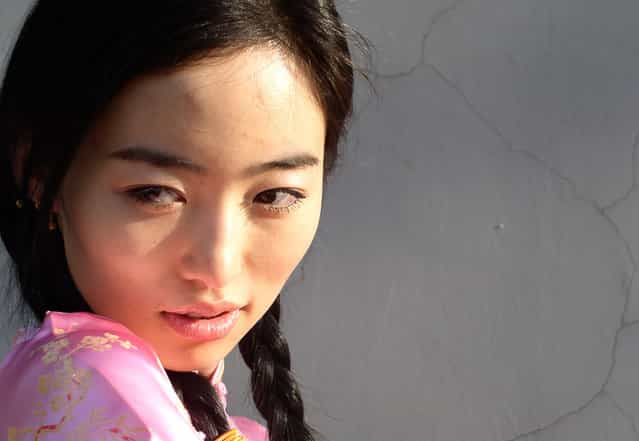
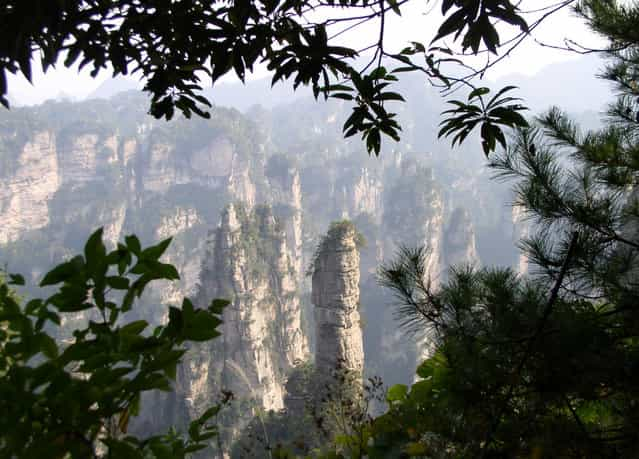
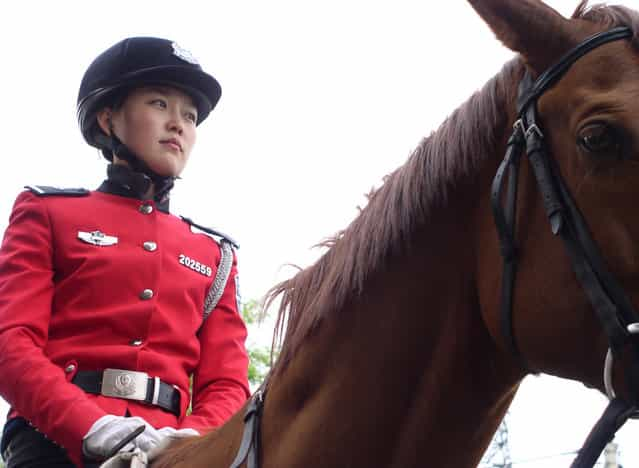
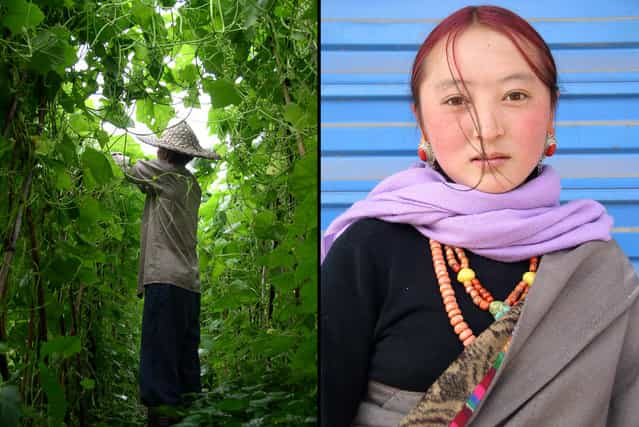
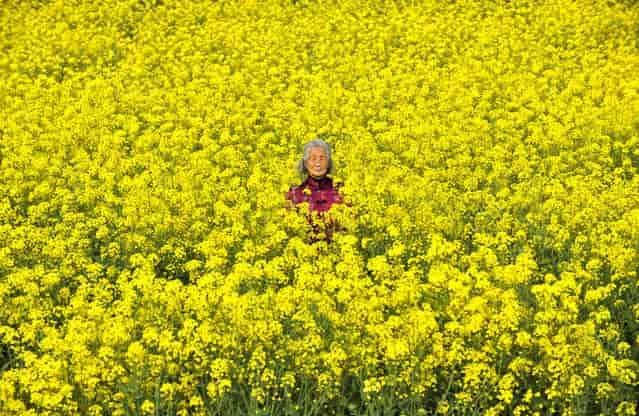
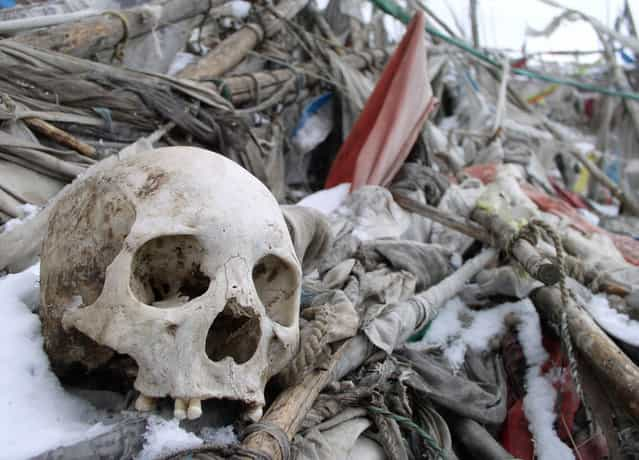
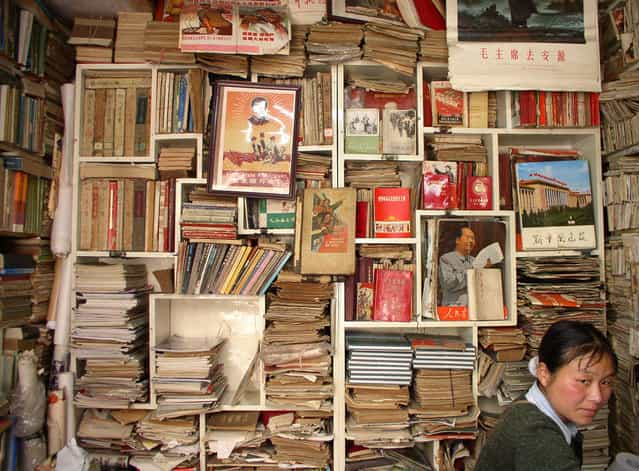
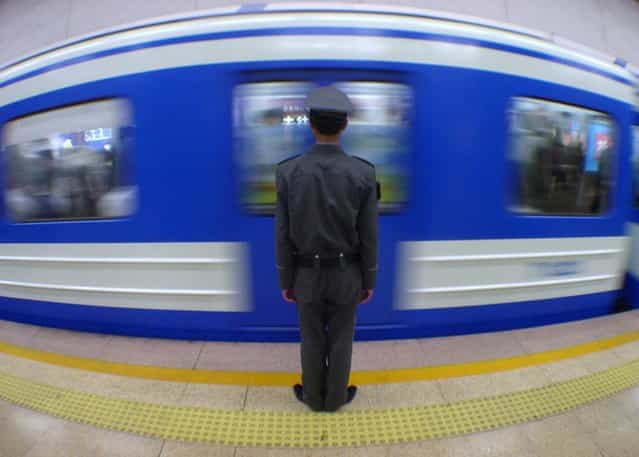
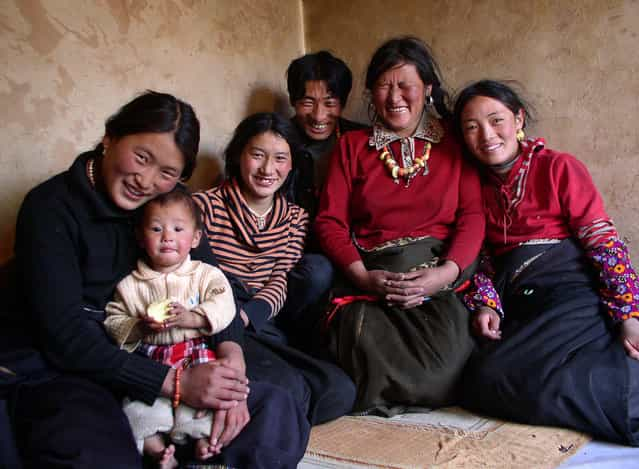
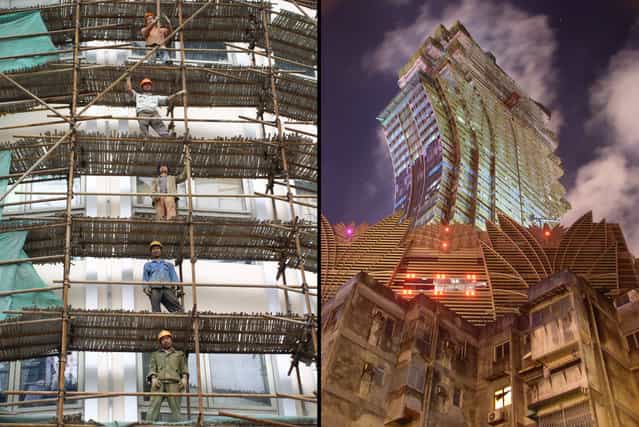
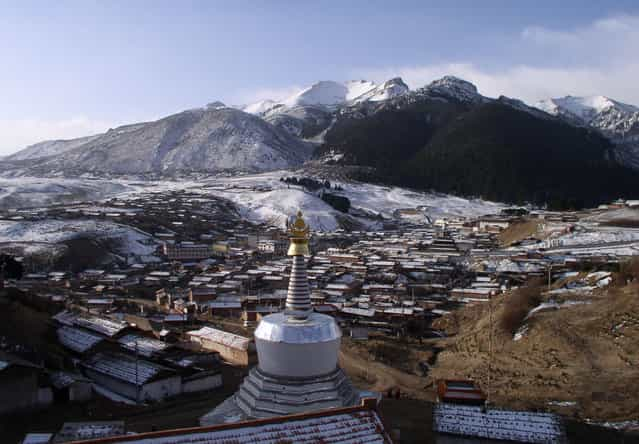

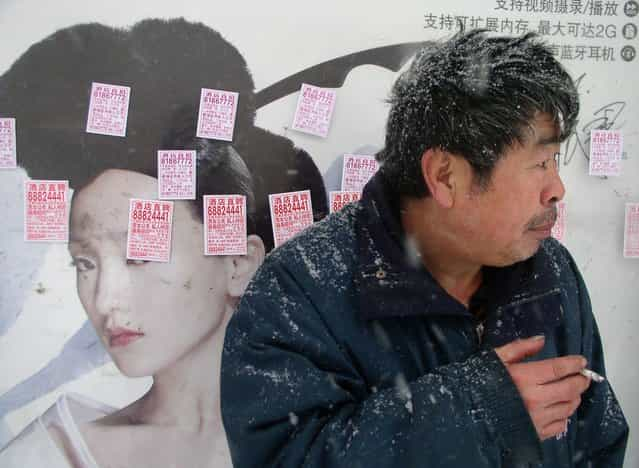
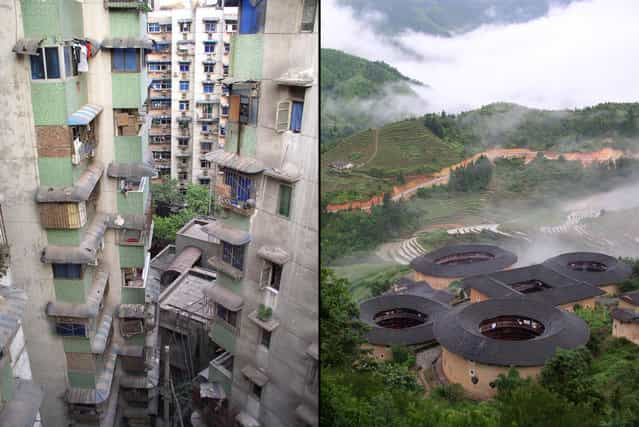
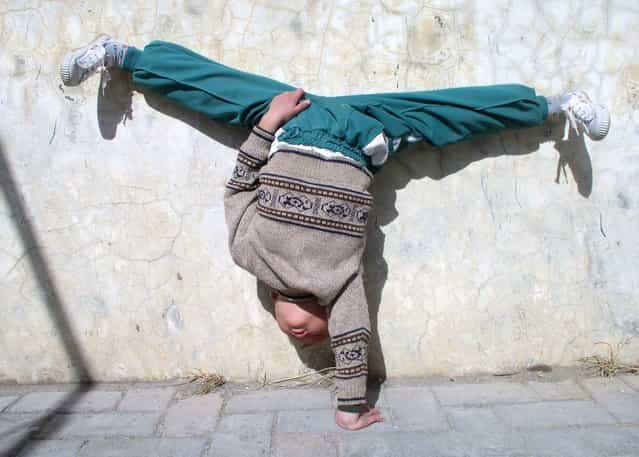
![Left: Young Uyghur girl wearing a traditional hijab headdress, Xinjiang. Right: 109-year-old man from a [Longevity Village] in western Guangxi, where all residents have lived till at least a hundred years of age. (Photo by Tom Carter/The Atlantic) Left: Young Uyghur girl wearing a traditional hijab headdress, Xinjiang. Right: 109-year-old man from a [Longevity Village] in western Guangxi, where all residents have lived till at least a hundred years of age. (Photo by Tom Carter/The Atlantic)](http://img.gagdaily.com/uploads/posts/app/2013/thumbs/0000c158_medium.jpg)
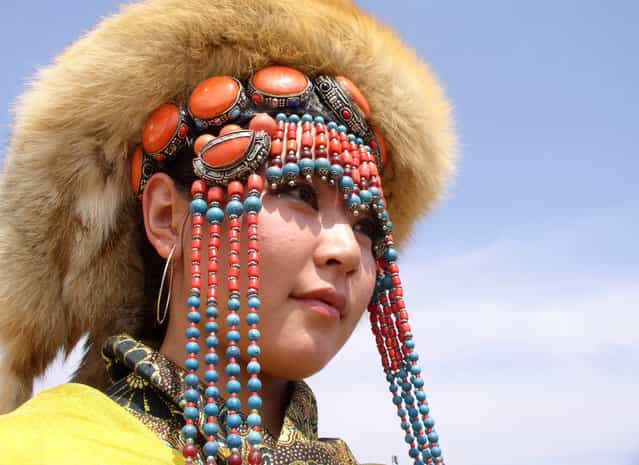

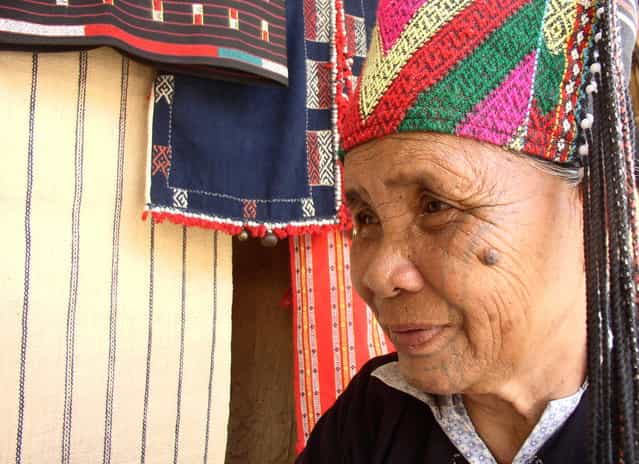
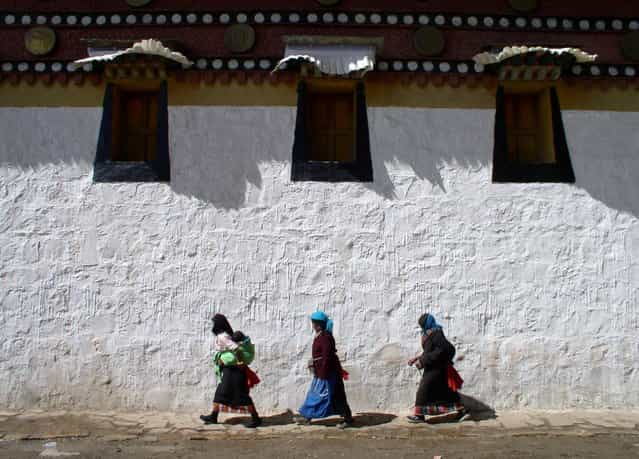
![Facade of the infamous Chungking Mansions, Hong Kong's [mmigrant ghetto]. (Photo by Tom Carter/The Atlantic) Facade of the infamous Chungking Mansions, Hong Kong's [mmigrant ghetto]. (Photo by Tom Carter/The Atlantic)](http://img.gagdaily.com/uploads/posts/app/2013/thumbs/0000c15d_medium.jpg)
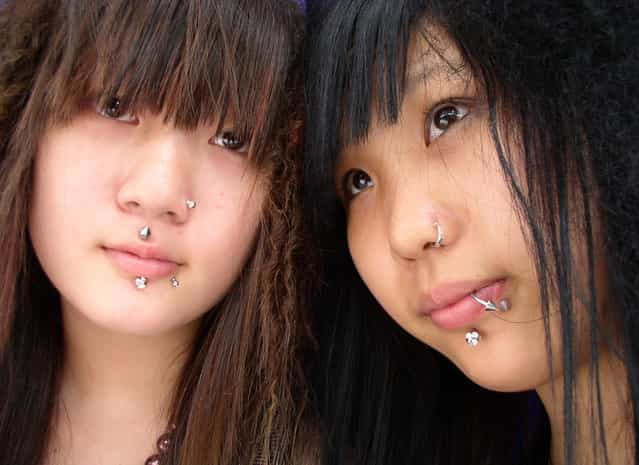
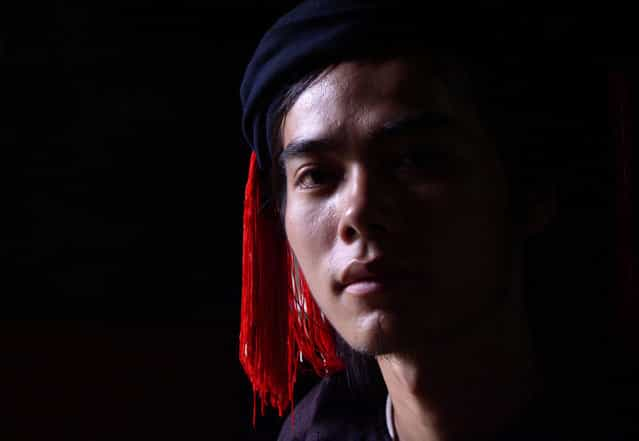
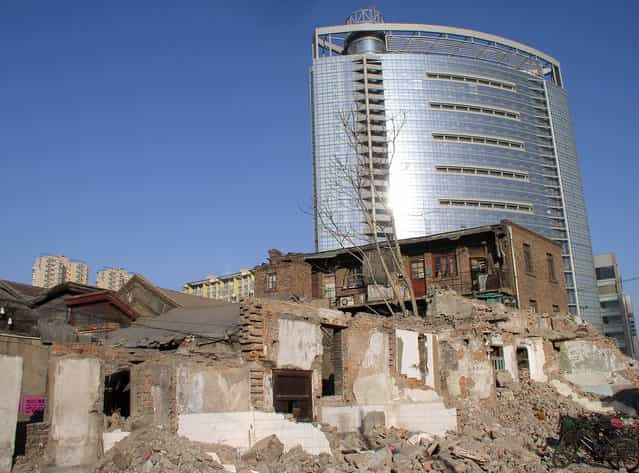
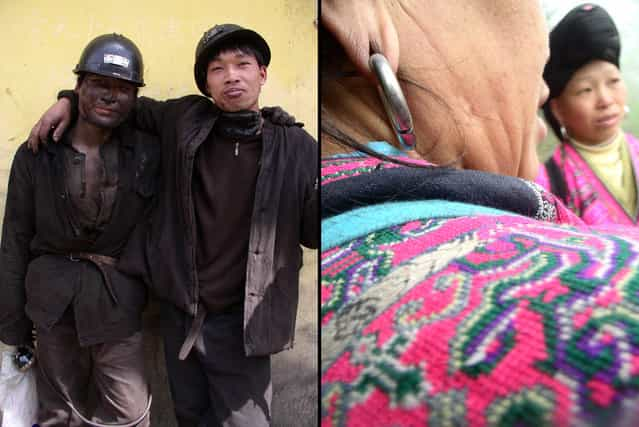
![Anhui's [Bamboo Sea] where the film Crouching Tiger Hidden Dragon was filmed. (Photo by Tom Carter/The Atlantic) Anhui's [Bamboo Sea] where the film Crouching Tiger Hidden Dragon was filmed. (Photo by Tom Carter/The Atlantic)](http://img.gagdaily.com/uploads/posts/app/2013/thumbs/0000c163_medium.jpg)
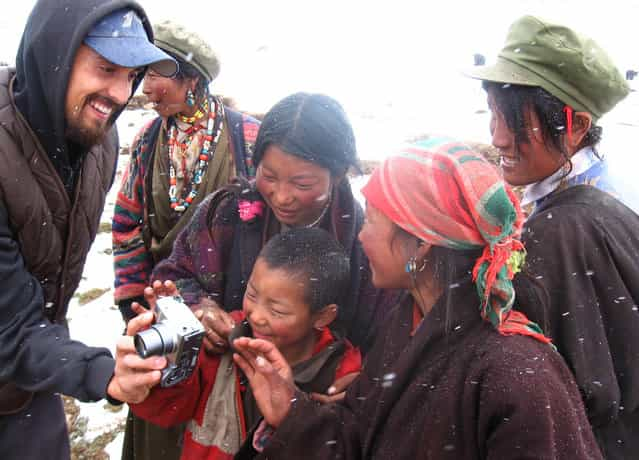


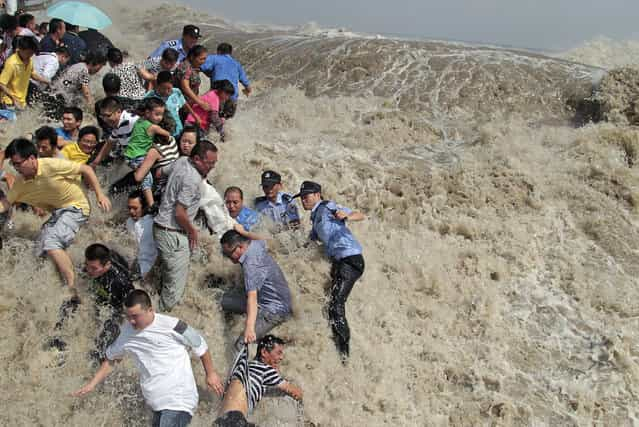
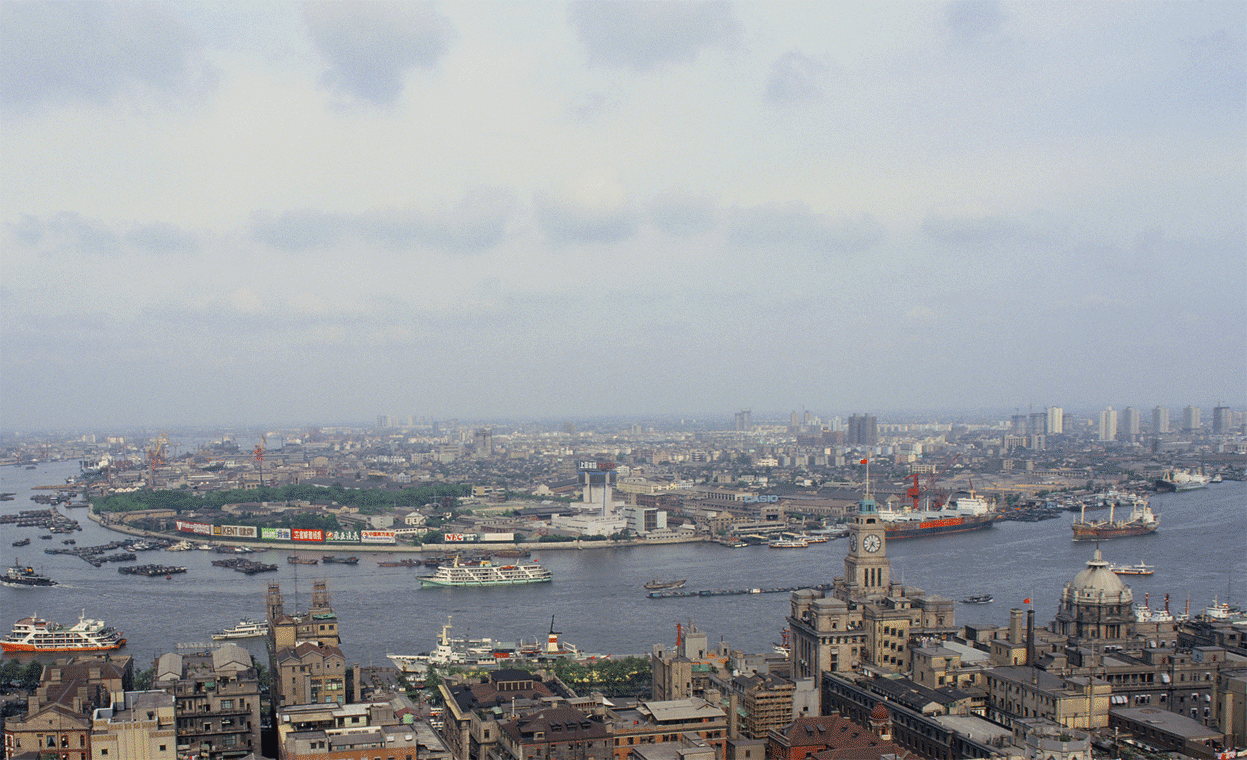




![Rare [Hybrid] Total Solar Eclipse Rare [Hybrid] Total Solar Eclipse](http://img.gagdaily.com/uploads/posts/fact/2013/short/00010c55_medium.jpg)






